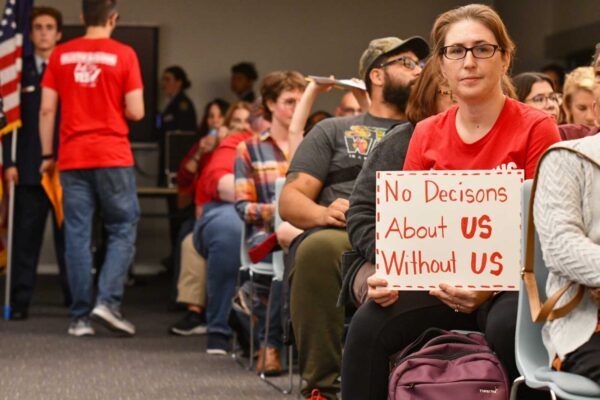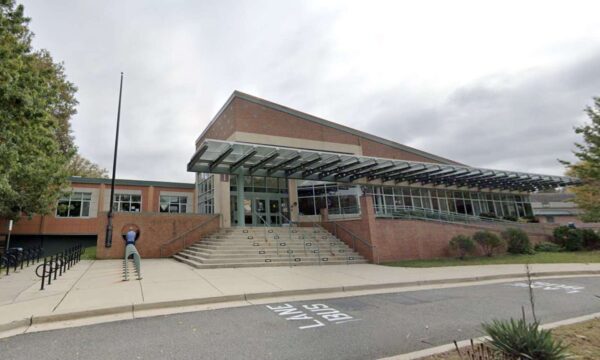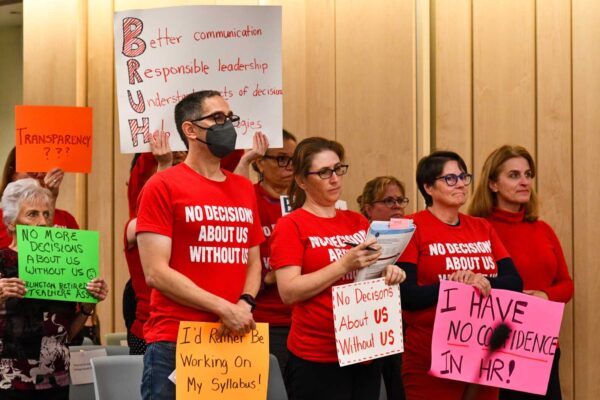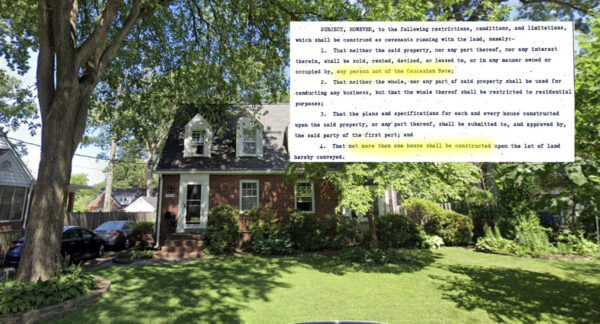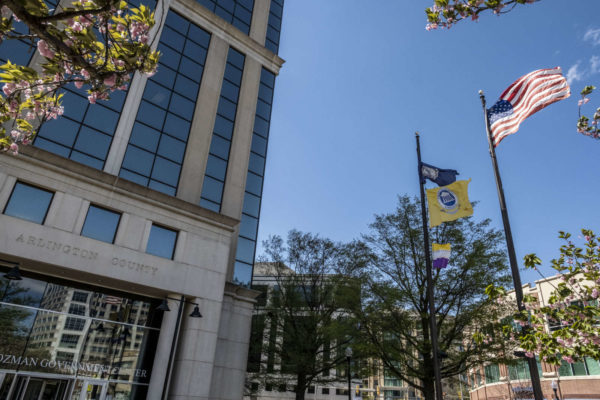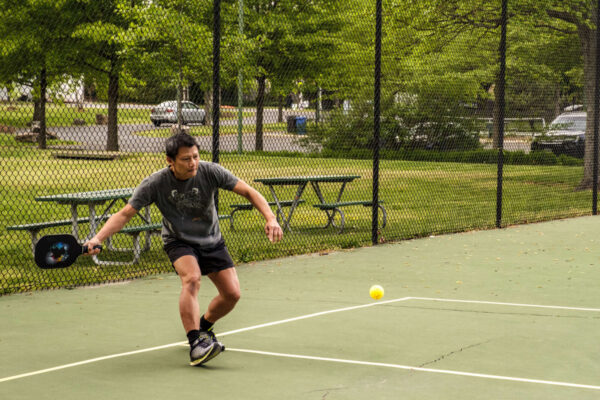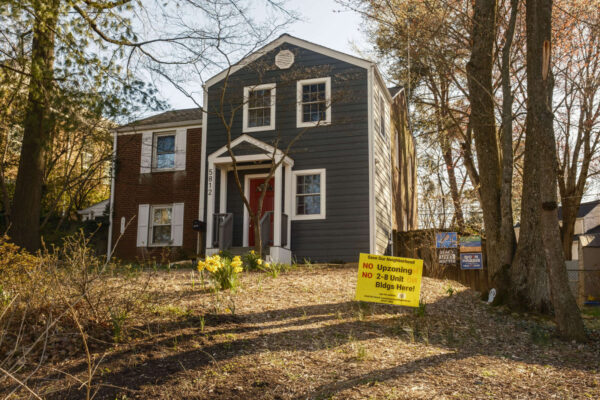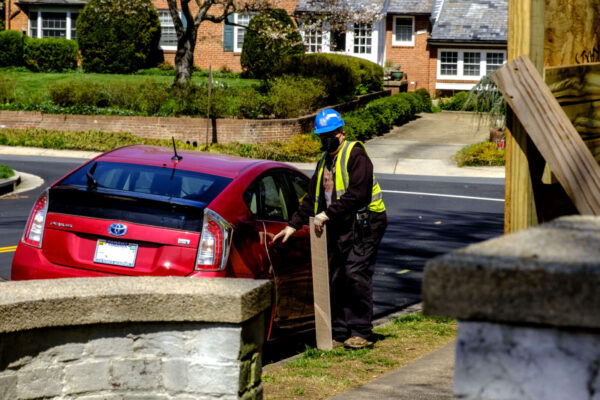(Updated at 10:15 a.m.) Arlington Independent Media has laid off all staff members while electing new leaders amid a county audit of the group’s finances.
AIM’s board, now under the leadership of President Rhonda Snipe and Treasurer Amanda MacKaye, will be “taking over operations of the organization for the time being,” the organization announced Monday following a closed special meeting.




